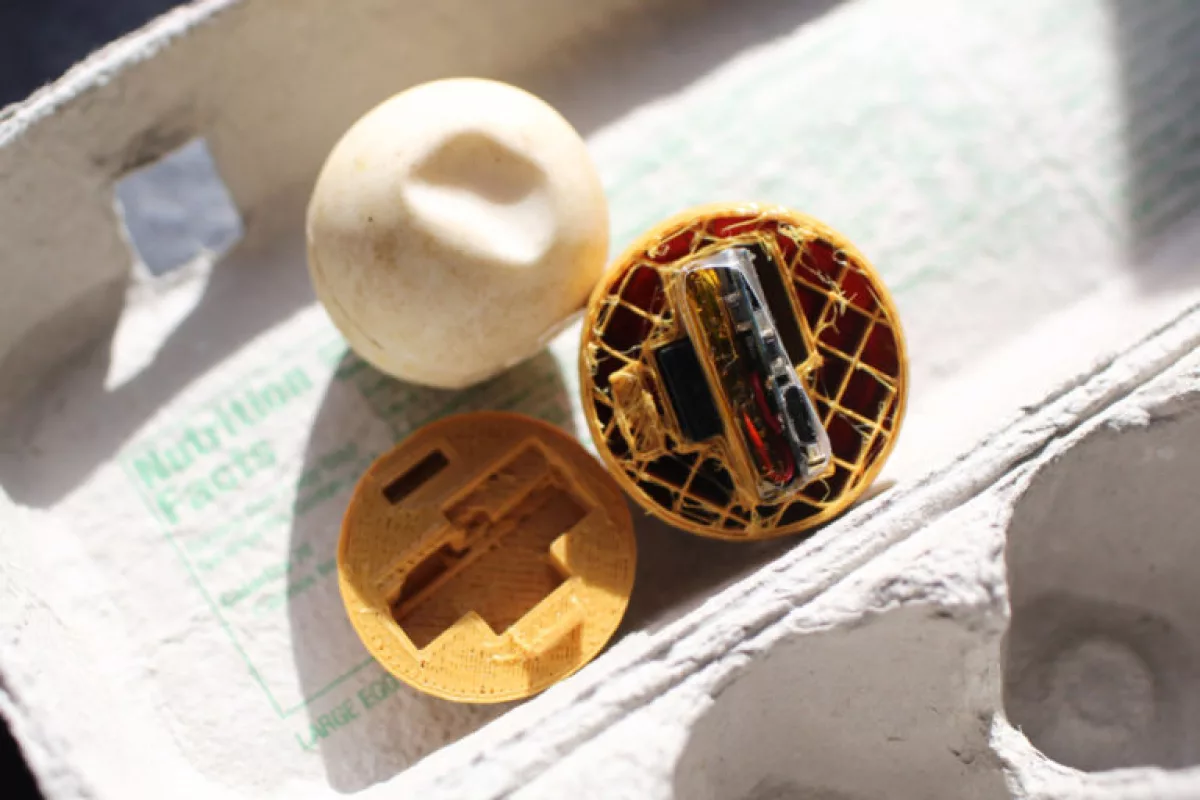Wildlife smugglers do their best to conceal the path of their stolen goods. But what if those goods weren’t actually wildlife, but a disguised GPS tracker that revealed exactly where it had been taken instead? This is the approach being pursued by one group of scientists, who hope to use decoy eggs to tackle the illegal trade of endangered sea turtles in Central America.
The research project is a collaboration between scientists at the University of Kent and conservation outfit Paso Pacifico, and is hoped to offer a new tool in the fight against the illegal wildlife trade in Central America. Here, turtle eggs are taken from beaches and sold as a delicacy in bars and restaurants, and when dreaming up ways to track their whereabouts, the researchers found inspiration in a couple of very popular crime dramas.
"In Breaking Bad, the DEA places a GPS tracking device on a tank of chemicals to see who receives the chemicals," says Paso Pacifico-affiliated scientist Kim Williams-Guillen, who designed the decoys. "In one episode of The Wire, two police officers plant an audio device in a tennis ball to surreptitiously record a suspected drug dealer. Turtle eggs basically look like ping pong balls, and we wanted to know where they were going – put those two ideas together and you have the InvestEGGator."
The InvestEGGator, as the decoy has been named, is 3D printed and fitted with a GPS device. These were placed in 101 turtle nests on four different Costa Rican beaches known to be susceptible to illegal harvesting. One quarter of these decoys were plucked from the nests illegally, with the farthest traveling some 137 km (85 mi) inland and winding up at a residential property.
Others didn’t make it quite so far, with indications that some smugglers had discovered it was a decoy they were carrying rather than a turtle egg. In one case, the decoy went offline 43 km (26.7 mi) from the nesting beach, with the team receiving photos of the dissected egg along with information about where it was exchanged from the local community.
By and large, however, the majority of the stolen eggs remained in the local area, which confirmed the suspicions of the researchers and is certainly a good thing for their overarching objective.
“Knowing that a high proportion of eggs remain in the local area helps us target our conservation efforts," Pheasey says. "We can now focus our efforts on raising awareness in the local communities and direct law enforcement to this local issue. It also means we know where the consumers are, which assists us in focusing demand reduction campaigns."
The team found the decoys brought no harm to the other incubating turtle embryos in the nests. With these positive results, the researchers hope to see the technique employed in not just other turtle conservation projects but also similar efforts to track shark fins and even parrot eggs.
A paper detailing the research was published in the journal Current Biology.
Sources: Paso Pacifico, University of Kent, Cell Press via ScienceDaily




